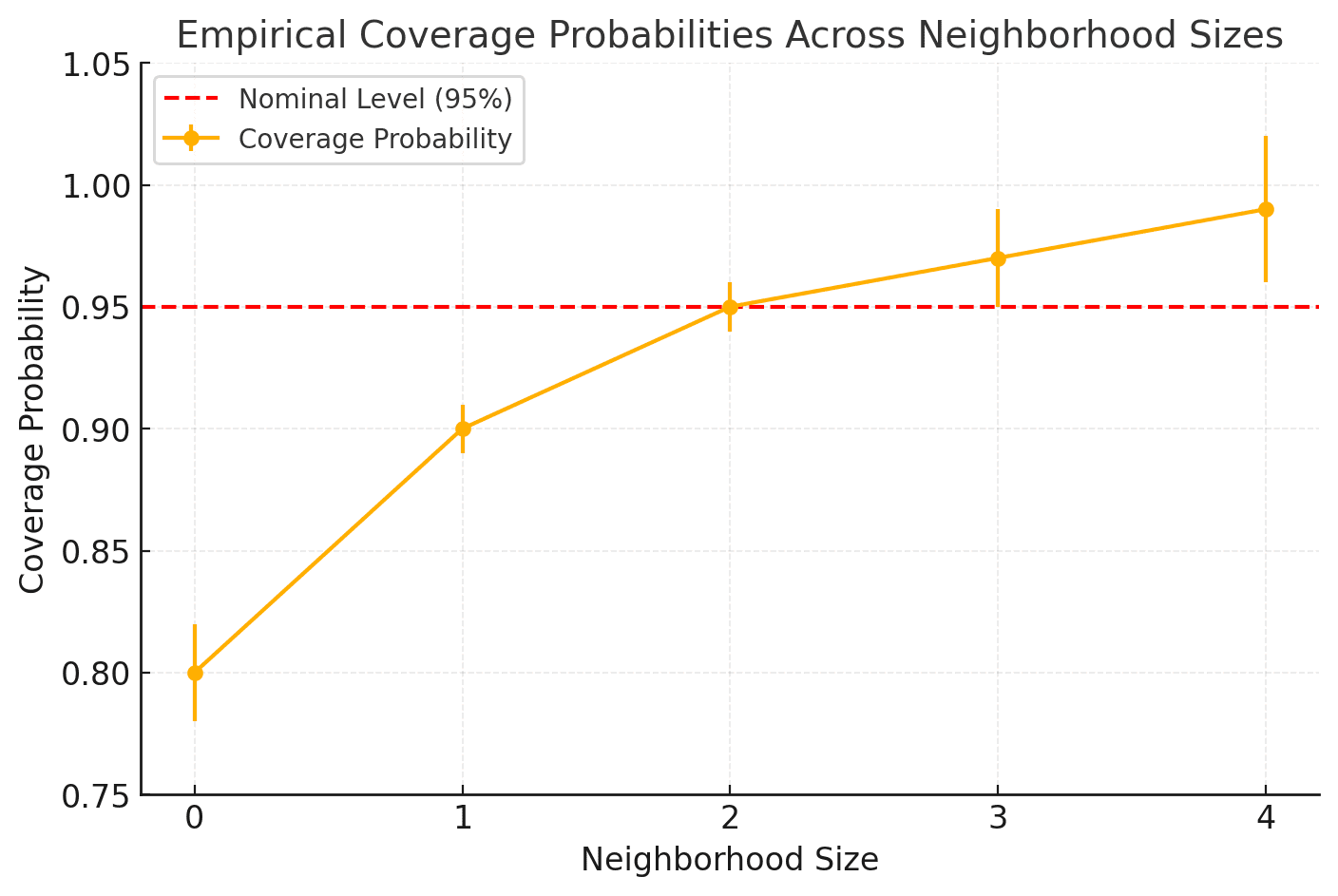
Network causal inference unveils the invisible threads connecting outcomes in large, complex systems. In today’s interconnected world, relationships and dependencies ripple across networks, influencing outcomes in ways we’re only beginning to understand. Whether examining social influence, health interventions, or digital networks, interference among nodes presents challenges to traditional causal analysis. Yet, recent advancements, particularly in adaptive methodologies, have brought clarity to these previously murky waters. A new article delves into how cutting-edge techniques are revolutionizing our understanding of network interference and its practical applications, promising to reshape how we think about causality in interconnected systems.
Rethinking Interference in Network Causal Analysis
Traditional causal inference often operates on the assumption that interference — the influence of one node on another — is confined to direct neighbors. However, real-world systems are rarely so simple. A tweet’s virality, for instance, may depend not only on immediate retweets but also on how those retweets propagate through broader networks. To address these complexities, researchers have introduced models that consider interference beyond immediate connections.
One such approach is the adaptive depth-based methodology, which allows for interference at varying depths. This method identifies not just direct effects but also the cascading impact across multiple network layers. The square-root fused clipped Lasso (SFL) estimator, for example, is a recent innovation that balances accuracy and computational feasibility. By extending the focus from shallow to deeper network connections, SFL captures subtleties that traditional models overlook, offering a more nuanced understanding of causality.
Adaptive Depth Estimation in Practice
Depth-based methodologies are not just theoretical exercises; they hold practical promise in improving the accuracy of causal estimates. Consider the task of estimating the average direct effect of treatment (ADET) within a network. Standard approaches like ordinary least squares (OLS) often fall short when interference spreads across multiple layers. Depth-adaptive methods, by contrast, dynamically adjust to capture indirect effects at varying distances.

As shown above, coverage probabilities improve significantly with increasing neighborhood sizes. The SFL method excels in these scenarios, offering narrower confidence intervals while maintaining empirical validity. These enhancements are particularly crucial in fields like epidemiology, where precision can directly influence policy decisions.
Real-World Applications: Beyond the Abstract
The real-world relevance of depth-based interference models becomes clear when applied to concrete scenarios. A notable example is the Glasgow Teenage Lifestyle Study, which explored the relationship between romantic involvement and substance use. This study’s complexity arose from the dense web of social interactions influencing individual behaviors. Traditional analyses struggled to disentangle these effects, but depth-adaptive methods provided the tools to map intricate interference patterns accurately.
These methodologies have also been instrumental in studying digital platforms. Social media, for example, represents a network where interference effects are ubiquitous. How does the engagement with a viral post propagate? Adaptive models reveal how influence spreads not just from immediate likes and shares but also through subtler, extended pathways. By illuminating these connections, researchers can better understand phenomena like misinformation diffusion and audience targeting.
How Distance Dilutes Influence
Even distant nodes within a network subtly affect outcomes, challenging the assumption that only close connections matter. This phenomenon underscores the need for depth-sensitive analysis.
The Power of Adaptive Models
Adaptive methods like SFL outperform traditional models by dynamically adjusting to interference depths, offering unparalleled precision in confidence intervals.
From Interference to Insight
Real-world networks, whether social or biological, reveal profound indirect effects. Adaptive depth estimation translates these insights into actionable findings.
Innovation in Depth
Depth-based methods offer theoretical guarantees for accuracy, addressing long-standing challenges in causal inference and expanding the boundaries of what’s possible.
Real Applications, Real Impact
From the Glasgow study to digital marketing, depth-adaptive methodologies demonstrate practical utility across diverse fields, reshaping how we understand interconnected systems.
Shaping Tomorrow’s Networks
The advent of depth-adaptive methodologies marks a turning point in network causal inference. By moving beyond superficial connections to consider layered, nuanced interference, these techniques promise to revolutionize fields ranging from public health to social media analysis. As our understanding of these methods deepens, so too will our ability to address complex challenges, whether combating misinformation or optimizing policy interventions. The future of network analysis is bright, with adaptive models leading the way to a world where insights are not only deeper but also more actionable.
About Disruptive Concepts
Welcome to @Disruptive Concepts — your crystal ball into the future of technology. 🚀 Subscribe for new insight videos every Saturday!
See us on https://twitter.com/DisruptConcept
Read us on https://medium.com/@disruptiveconcepts
Enjoy us at https://disruptive-concepts.com
Whitepapers for you at: https://disruptiveconcepts.gumroad.com/l/emjml







